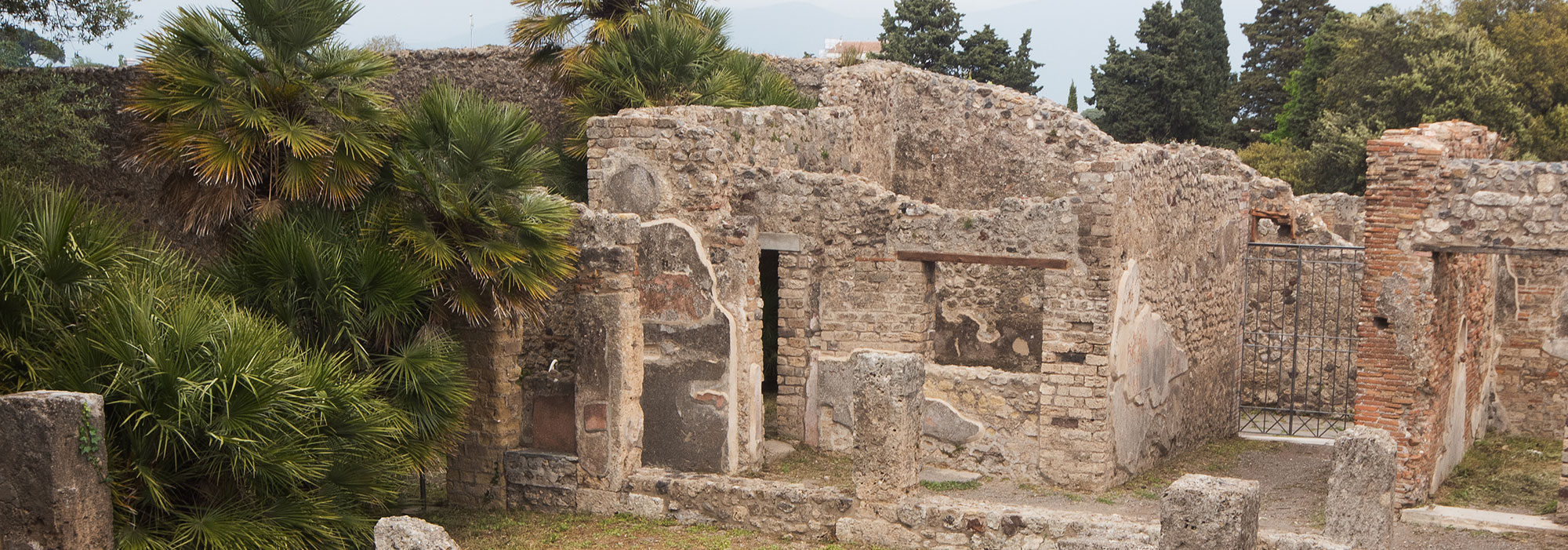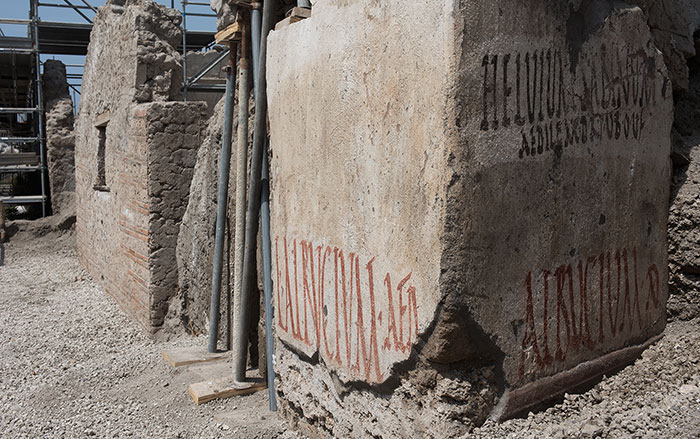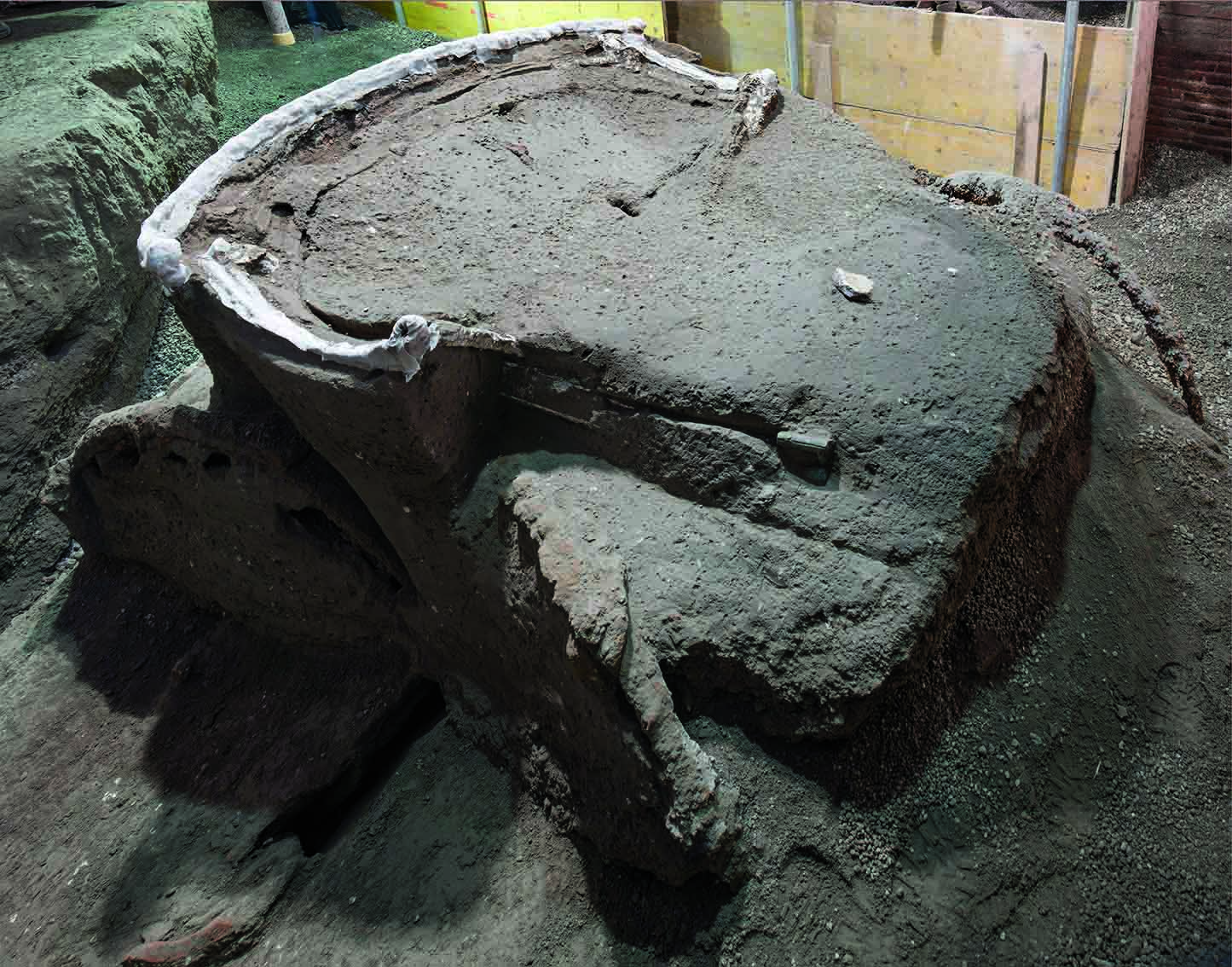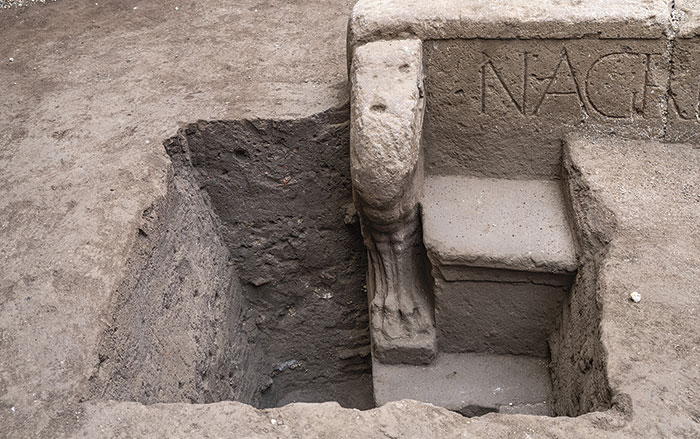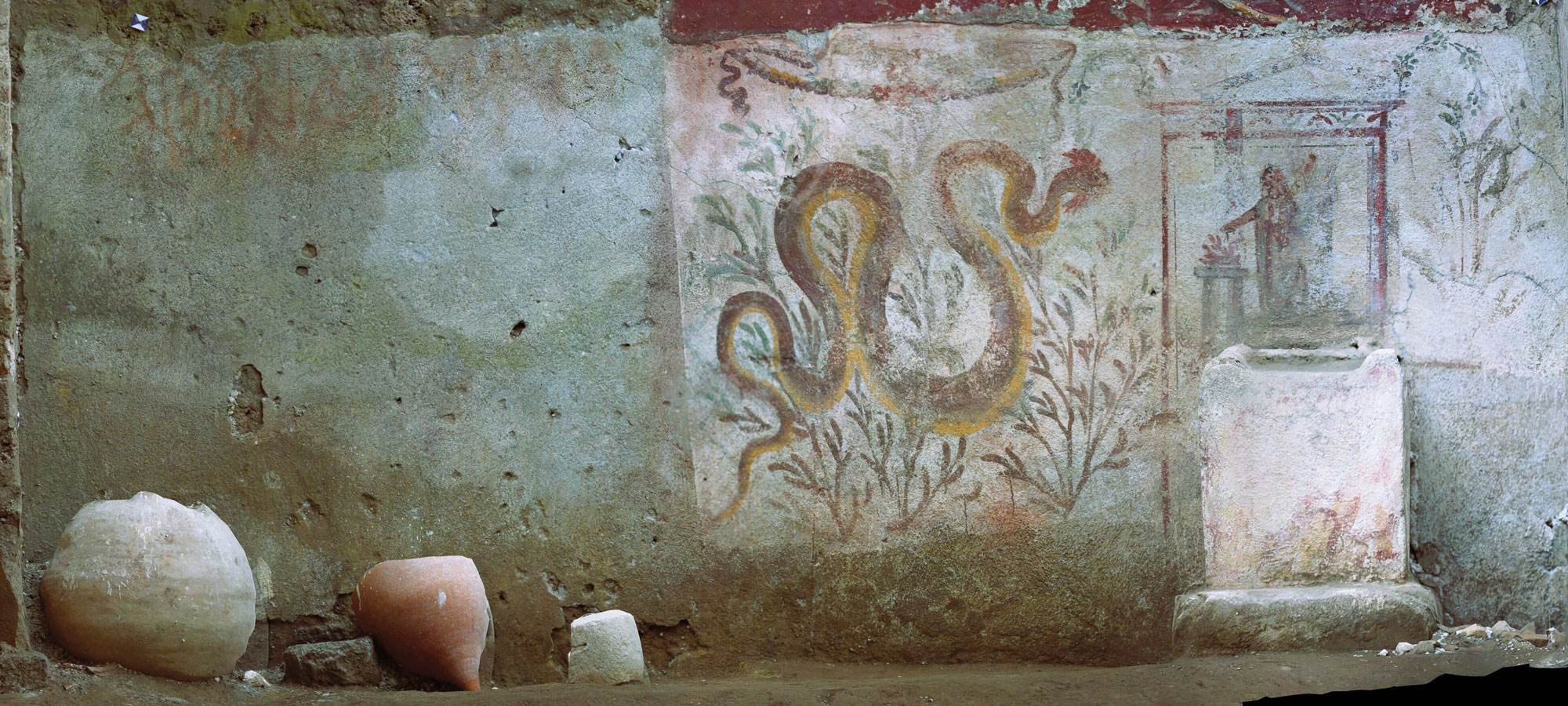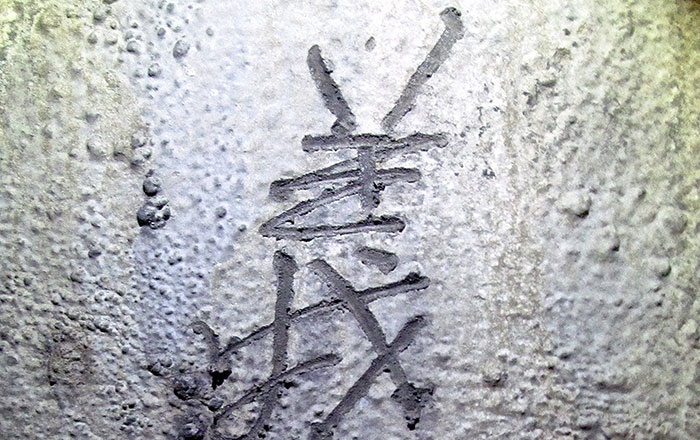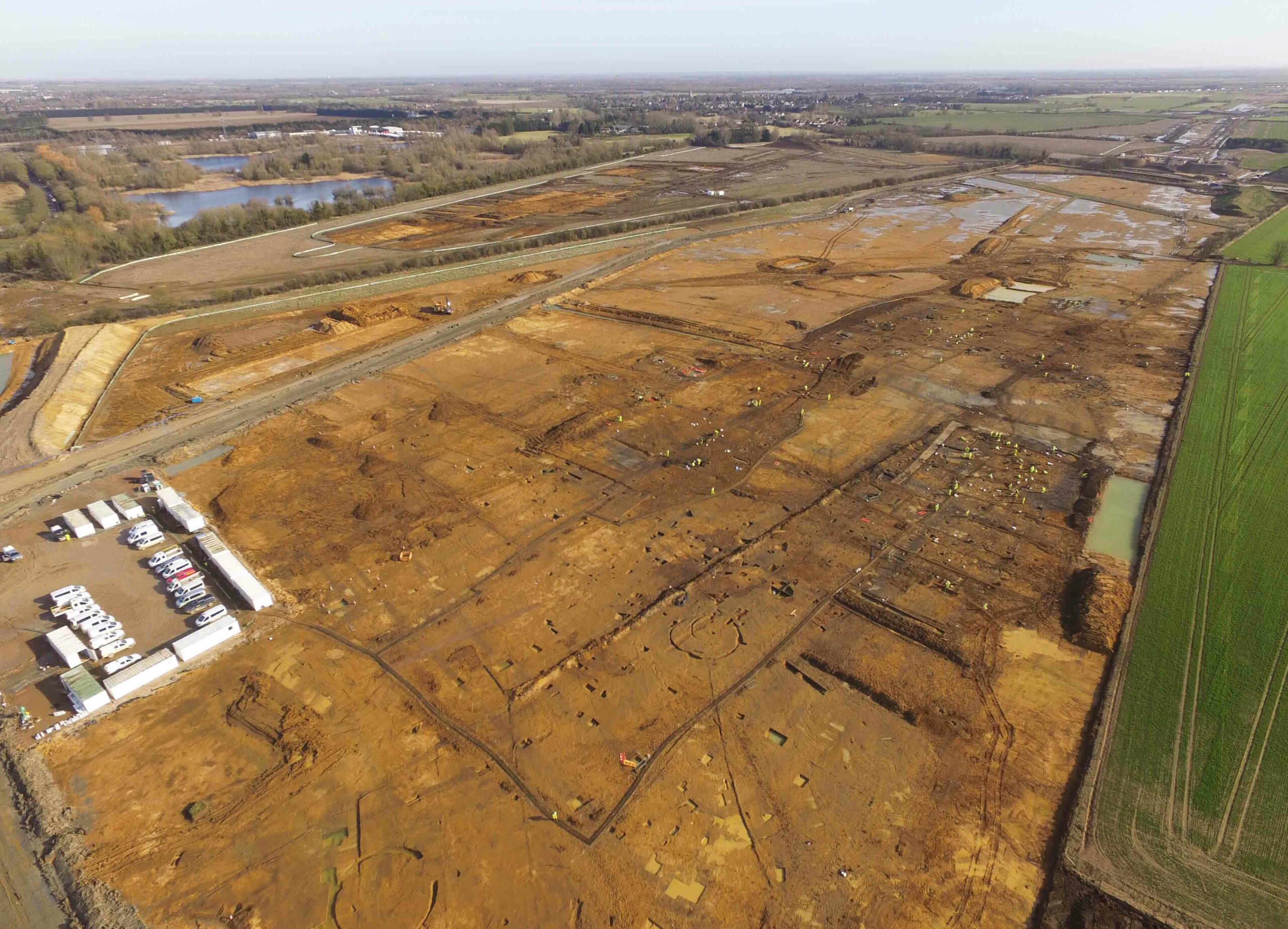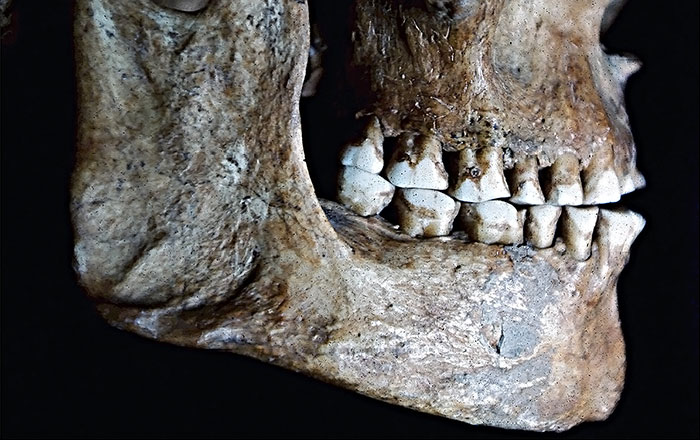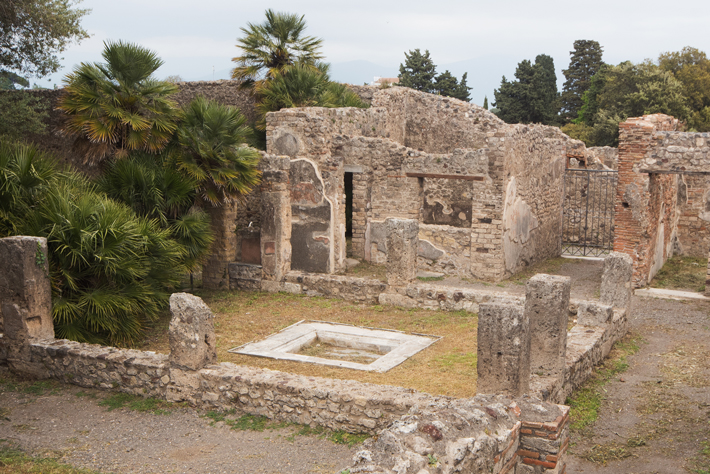
Pompeii’s residents spent a great deal of time socializing in the city’s lush public and domestic gardens. “What’s remarkable about Pompeii is the enormous variety of gardens, and the extent to which Pompeians lived both inside and outside,” says archaeologist Kathryn Gleason. “Pompeians’ devotion of valuable real estate to gardens is noteworthy.” One of the largest private gardens could be found at the back of the Casa della Regina Carolina, an opulent dwelling named in the nineteenth century after Caroline—the queen of Naples and sister of Napoleon Bonaparte—who visited during its initial excavation. Celebrated for its vibrant decoration in the years after its discovery, the house was largely forgotten as its wall paintings faded.
Returning to the property after more than a century, a team of archaeologists including Gleason and Caitlín Barrett of Cornell University and Annalisa Marzano of the University of Reading now hopes to learn about the garden’s original landscaping, as well as find traces of religious activity that might have taken place there. In particular, they plan to explore the house’s two garden shrines, where nineteenth-century excavators found such objects as a marble incense burner and a statuette of the goddess Diana. “These shrines provide us with sites where ritual activity took place,” says Barrett. “The material culture can hopefully speak to the performance of those rituals.”



